Chocolate Soldier Plant: Growing A Chocolate Soldier Kalanchoe


Chocolate soldier succulents, a variety of Kalanchoe, are elegant and often perfect, fuzzy leafed plants that most everyone tries to grow at some point during their succulent experience. If you’re not familiar with them by this name, you may be asking what is a chocolate soldier plant? You may know them by other common names, such as panda plant, white lady, velvet leaf kalanchoe, or plush plant, among several others.
The botanical name by which you can truly identify this plant is Kalanchoe tomentosa 'Chocolate Soldier.' The plant grows in a loose rosette with mostly oval shaped leaves. These are an attractive pale to medium green, edged in brown stitching, hence the name of chocolate soldier. The paleness varies with lighting, as do the color of the stitches (borders) on the leaves.
How to Grow Chocolate Soldier Succulents
Growing a chocolate soldier is simple once you’ve learned the conditions it prefers and how to water the specimen. Begin by planting the chocolate soldier plant in a well-draining, sandy or gritty succulent soil, amended with pumice, perlite, or coir.
Locate the plant in morning sun, partial or filtered is preferable. The chocolate soldier kalanchoe does not need as much sun as many other succulent plants. If the plant has been inside, acclimate it gradually to outdoor sun. If you wish to keep it inside, the chocolate soldier kalanchoe is adaptable to a bright light or artificial light situation.
Hairs growing on the leaves of this fuzzy specimen limit transpiration. As with other succulent plants, the leaves store water on which the plant can exist for months, especially in winter. Limit watering of the chocolate soldier in all seasons, but especially in winter when it is likely dormant. When you water the plant, water thoroughly, not allowing it to sit in a saucer of water afterward. Do not water again until the plant shows a need, such as leaves that are no longer firm to a gentle squeeze. Firmness of leaves on a succulent plant indicates they are filled with water.
Grow this plant indoors as a houseplant, outside in the ground, when possible, or in an outdoor container. You’ll be glad to own this elegant specimen.
Gardening tips, videos, info and more delivered right to your inbox!
Sign up for the Gardening Know How newsletter today and receive a free copy of our e-book "How to Grow Delicious Tomatoes".

Becca Badgett was a regular contributor to Gardening Know How for ten years. Co-author of the book How to Grow an EMERGENCY Garden, Becca specializes in succulent and cactus gardening.
-
 Looking For Plants To Give You The Soft And Fuzzies? Try These 5 Fuzzy Leaf Plant Options
Looking For Plants To Give You The Soft And Fuzzies? Try These 5 Fuzzy Leaf Plant OptionsLovers of texture, drama, silver foliage and tactile plants will adore these special sensory garden additions. These fuzzy leaf plant options will leave you all aglow
By Susan Albert
-
 Get Ready For A Summer Of Hummers! Grow These Full Sun Hummingbird Plants and Flowers
Get Ready For A Summer Of Hummers! Grow These Full Sun Hummingbird Plants and FlowersIf you’re lucky enough to enjoy a sunny backyard, make sure you are maxing out on your pollinator opportunities and grow these full sun hummingbird plants and flowers
By Tonya Barnett
-
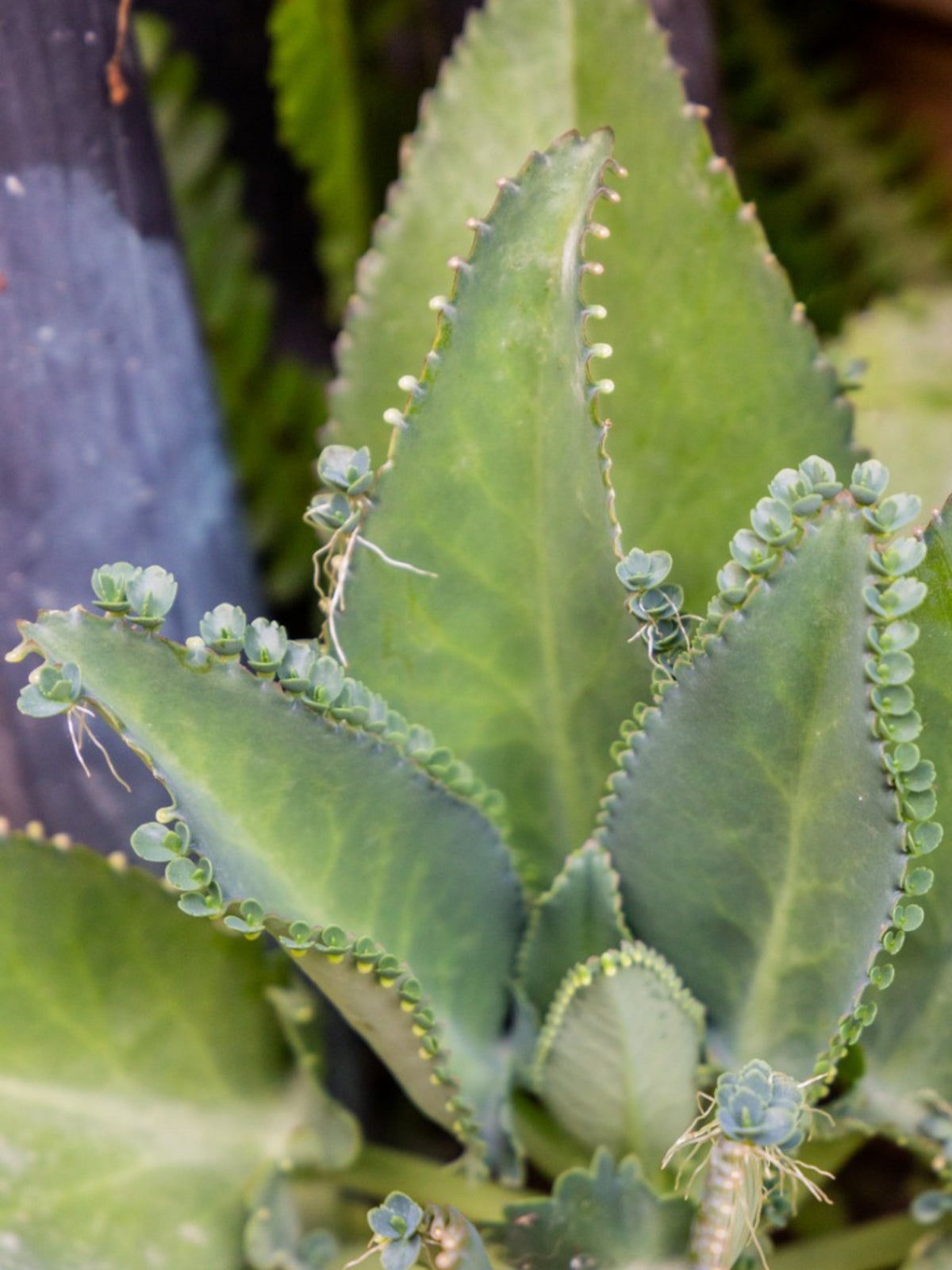 Mother Of Thousands: How To Grow This Unique Succulent
Mother Of Thousands: How To Grow This Unique SucculentThe toxic but fascinating Mother of Thousands plant can spread rapidly, making it better as a potted plant than a member of the garden.
By Bonnie Grant
-
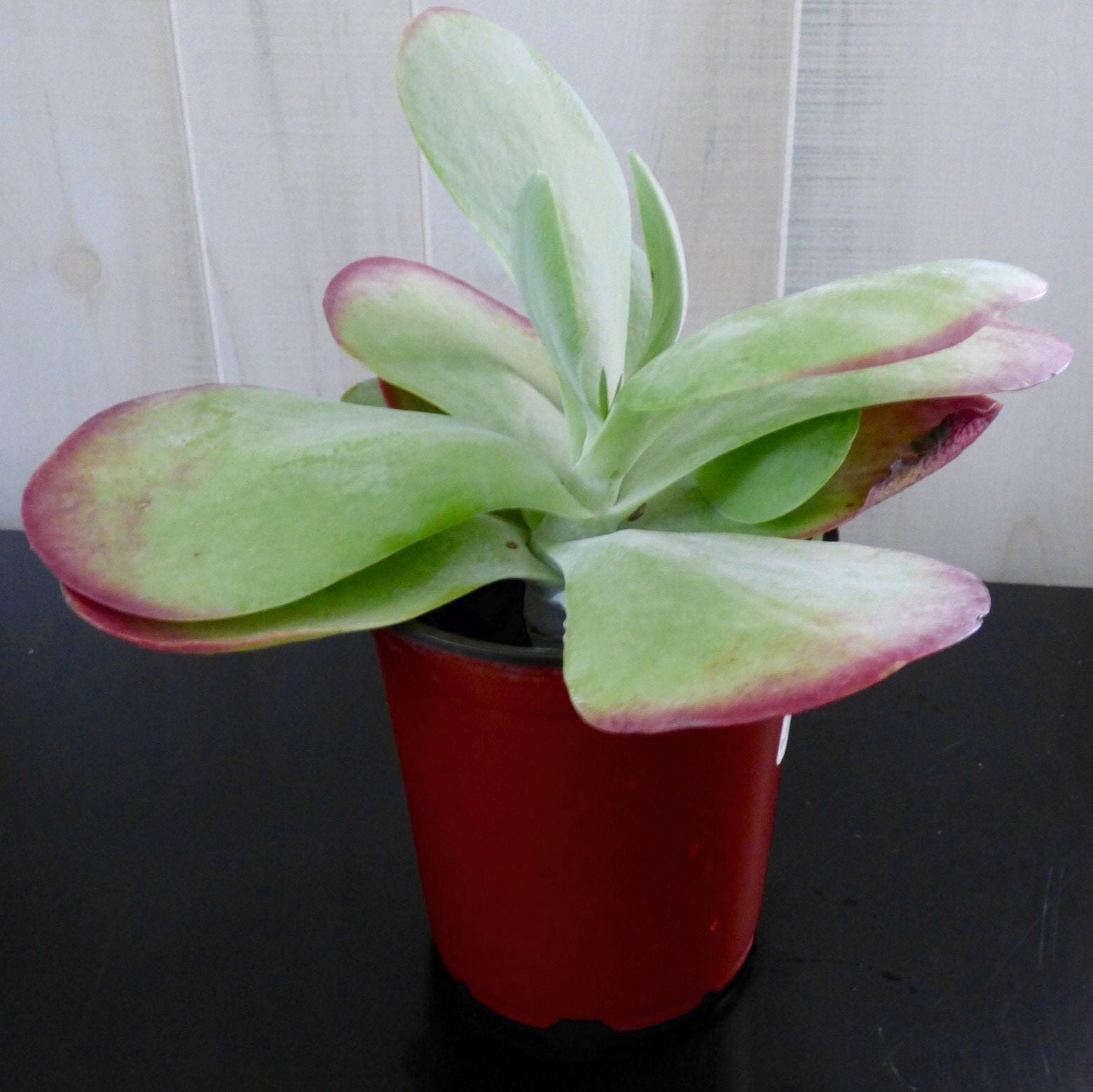 Paddle Plant Propagation – How To Grow A Flapjack Paddle Plant
Paddle Plant Propagation – How To Grow A Flapjack Paddle PlantAlso known as flapjack paddle plant, this kalanchoe plant is a succulent with thick, paddle-shaped leaves that frequently take on a reddish or deep pink tint during the winter.
By Mary H. Dyer
-
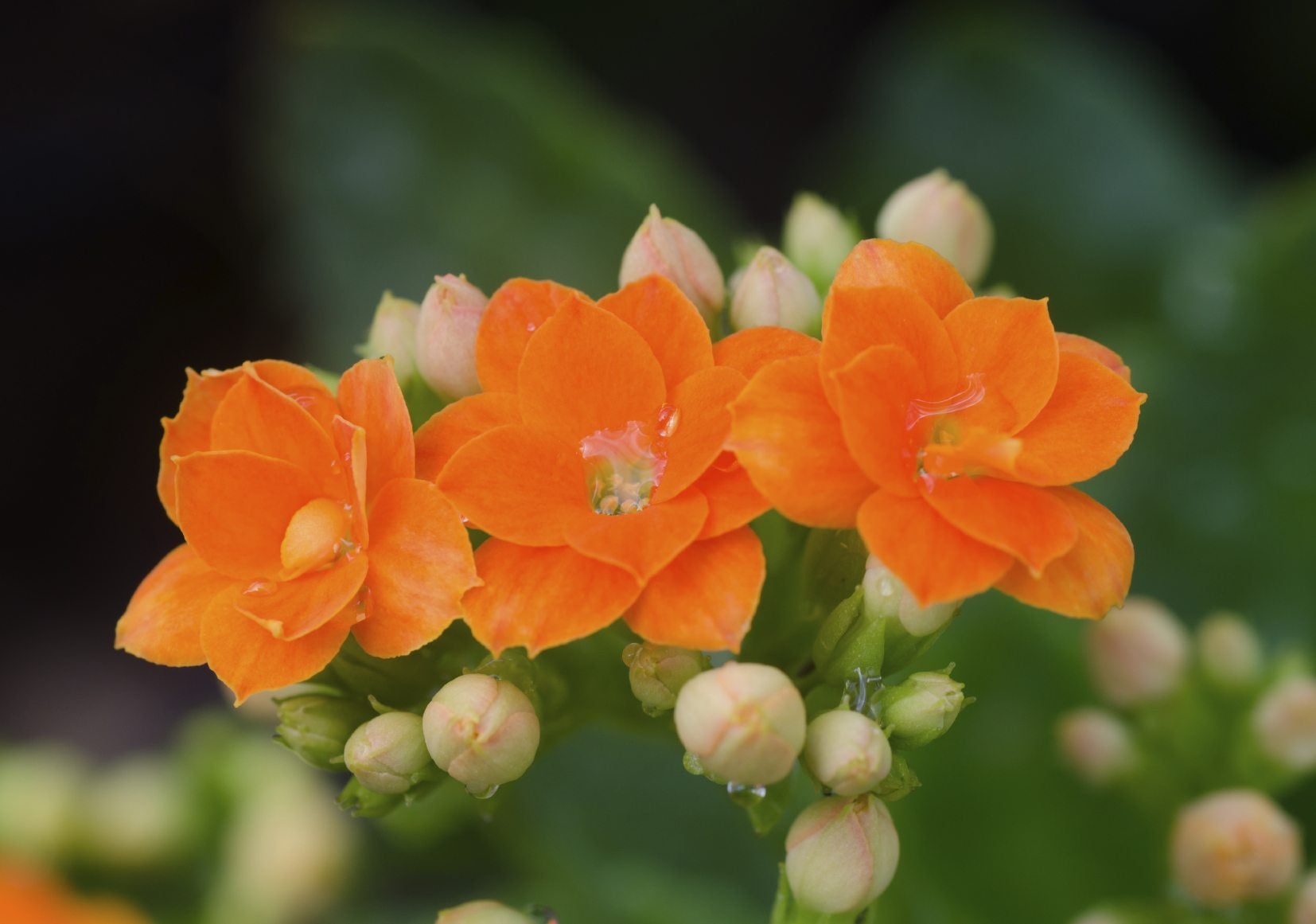 Kalanchoe Flowering: How To Make A Kalanchoe Rebloom
Kalanchoe Flowering: How To Make A Kalanchoe RebloomGetting Kalanchoe to bloom again requires a bit of a rest period for the plant, correct lighting, and some good fertilizer to fuel the process. A few tips on how to make a Kalanchoe rebloom will ensure success and this article will help.
By Bonnie L. Grant
-
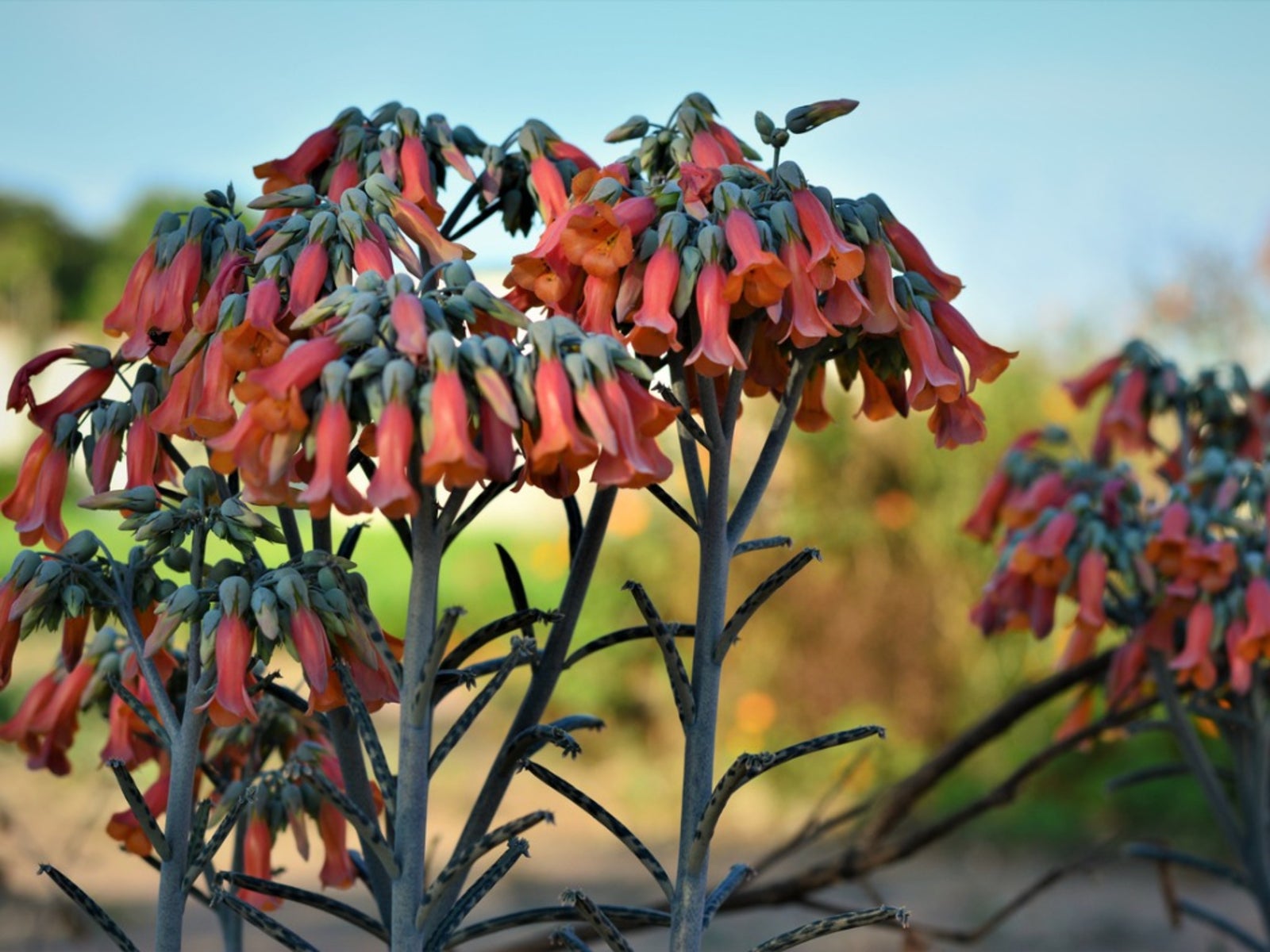 Kalanchoe Chandelier Growing: Caring For Chandelier Plants
Kalanchoe Chandelier Growing: Caring For Chandelier PlantsIt is easy to grow the Kalanchoe chandelier plant, so easy, in fact, you have to learn to control its spread as a part of its care. This article will help with that and more. Click here to get this info.
By Becca Badgett
-
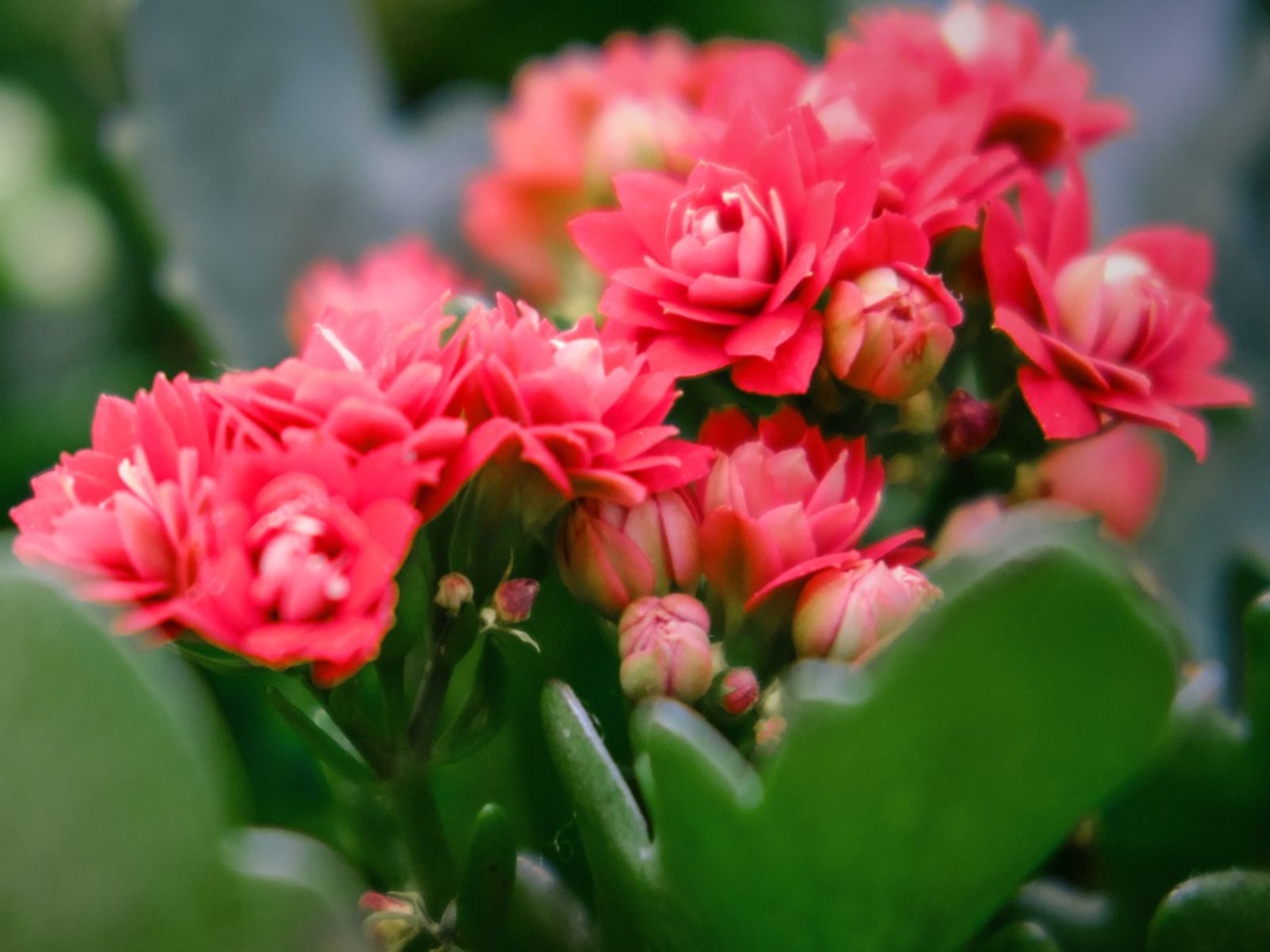 Care For Flaming Katy: Growing Flaming Katy Indoors And Out
Care For Flaming Katy: Growing Flaming Katy Indoors And OutFlaming Katy is a lovely kalanchoe to add to your succulent collection. To enjoy the “flaming” red flowers, learn all there is to know about Flaming Katy plant care.
By Bonnie L. Grant
-
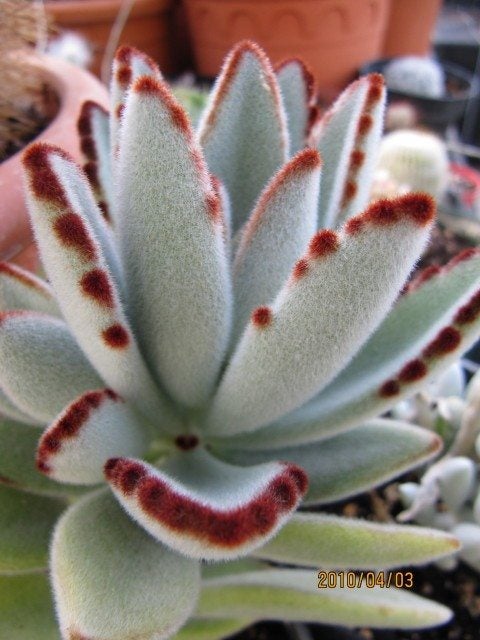 Panda Plant Care - How To Grow a Panda Plant Indoors
Panda Plant Care - How To Grow a Panda Plant IndoorsThe velvety indoor panda plant is a hardy, easy-going succulent that makes an interesting addition indoors and is often a favorite of children.
By Becca Badgett
-
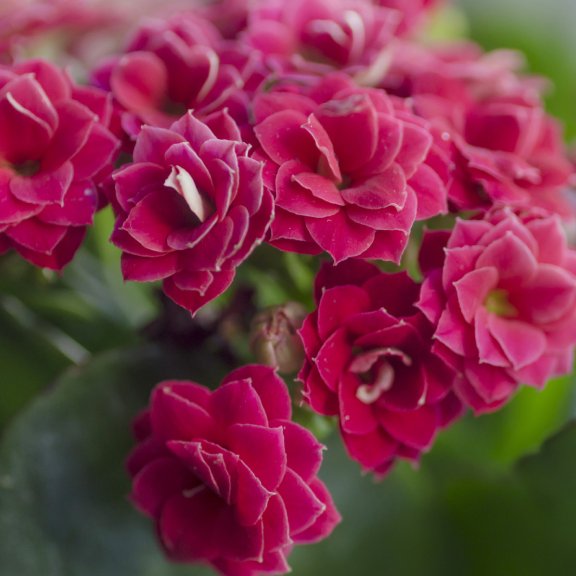 Kalanchoe: Complete Growing & Plant Care Guide
Kalanchoe: Complete Growing & Plant Care GuideKalanchoe plants are thick leaved succulents that are often seen in florist shops or garden centers. Most end up as potted plants but can be grown outdoors in suitable climes. Learn more about them in this article.
By Bonnie L. Grant